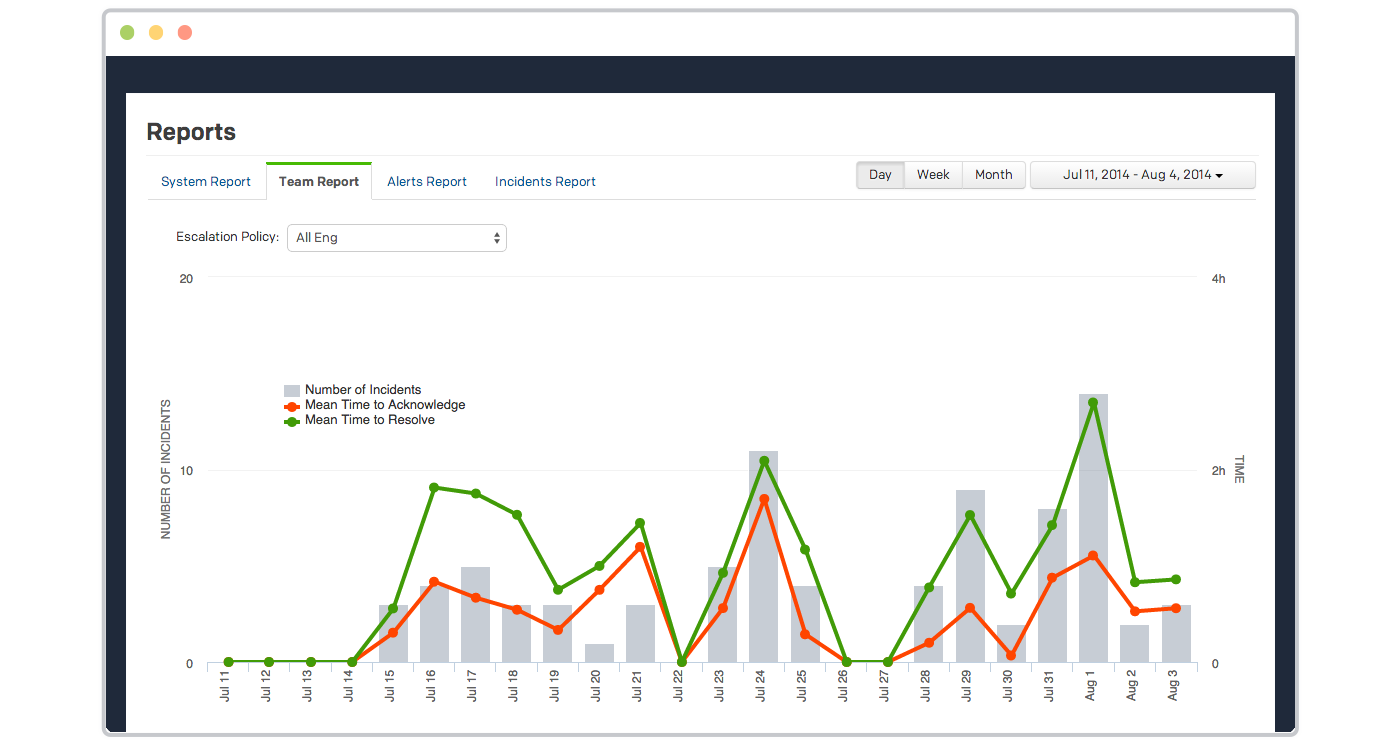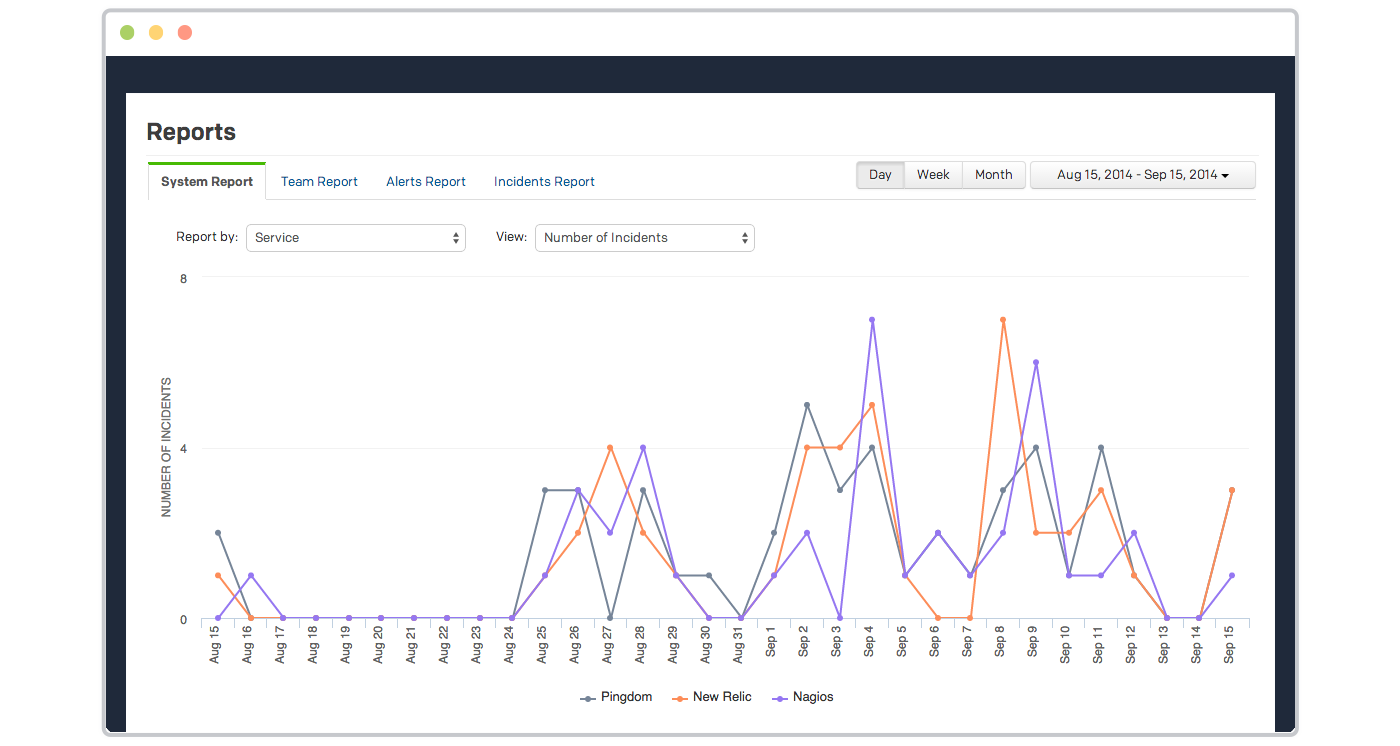Five Ways to Create a Data-Driven Culture
Creating a Data-Driven Culture Can Change Your Whole Game
“It is a capital mistake to theorize before one has data. Insensibly one begins to twist facts to suit theories, instead of theories to suit facts.”
— Sir Arthur Conan Doyle, A Scandal in Bohemia

No one should need to be convinced the value of good data. It gives you the confidence to make decisions quickly and with less risk, it allows you to measure your success, and it lets you know when you need to adjust your course. But there’s a difference between knowing the value of data, and creating a culture around it. A data-driven culture is a culture where everyone quantifies their actions as much as possible, and asks themselves how their teams are having a tangible impact on the business. It turns your entire organization into a squad of analysts. But creating a data-driven culture isn’t always easy. Here are five steps that will help you get there.
- Give everyone access to data. The first step to harvesting the collective analytical powers of your team members is finding a way to make data accessible to everyone. Make a dashboard, or find some other way to provide a window into the data. You should also consider hosting a training to ensure that everyone understands how to extract insights from it.
- Encourage action. Now that your team has the data, you need to empower your team to share their own conclusions and take action. Everyone has access to the same information, which means that everyone should have the ability to thinking critically about your business and propose their own ideas.
- Back action up with stats. In a data-driven culture, no one should be afraid to ask the question, “Do you have the data to back that up?” Because in a data-driven culture, everyone should be prepared to answer it. (Management included.)
- Relate the data to the team, both in terms of business goals and how they are actionable for them. For example, Mean Time to Acknowledge (MTTA) and Mean Time to Respond, are both important parts of repairing incidents quickly, which helps create a more reliable product and happier customers. By responding quickly, your team is driving business.
- Include analytics in your tools. Having data and dashboards baked into the tools you use every day helps you stay connected to the metrics driving your actions, and lets you know results and understand the full picture of your course as you go.

Keep in mind that a data-driven culture is all about feedback. Have a standing meeting where your team can share what their data shows, to keep track of progress as you go and to maintain a connection with data-driven results. Being transparent about what the data reveals about actions you took, which empowers everyone to start the process again.
